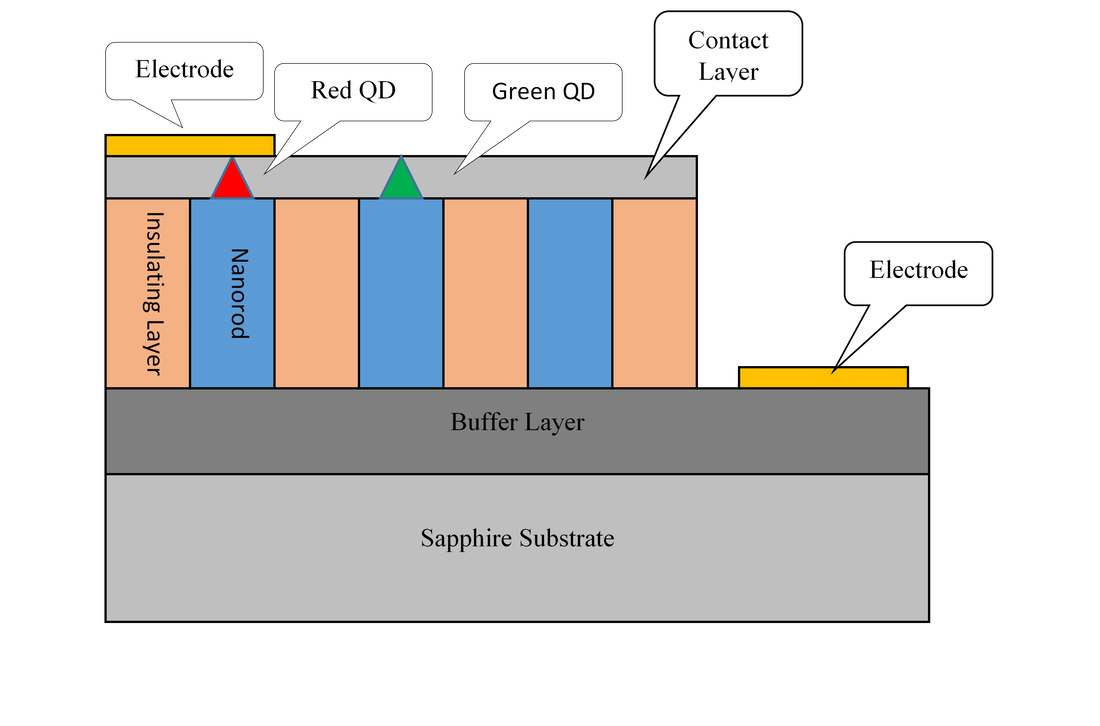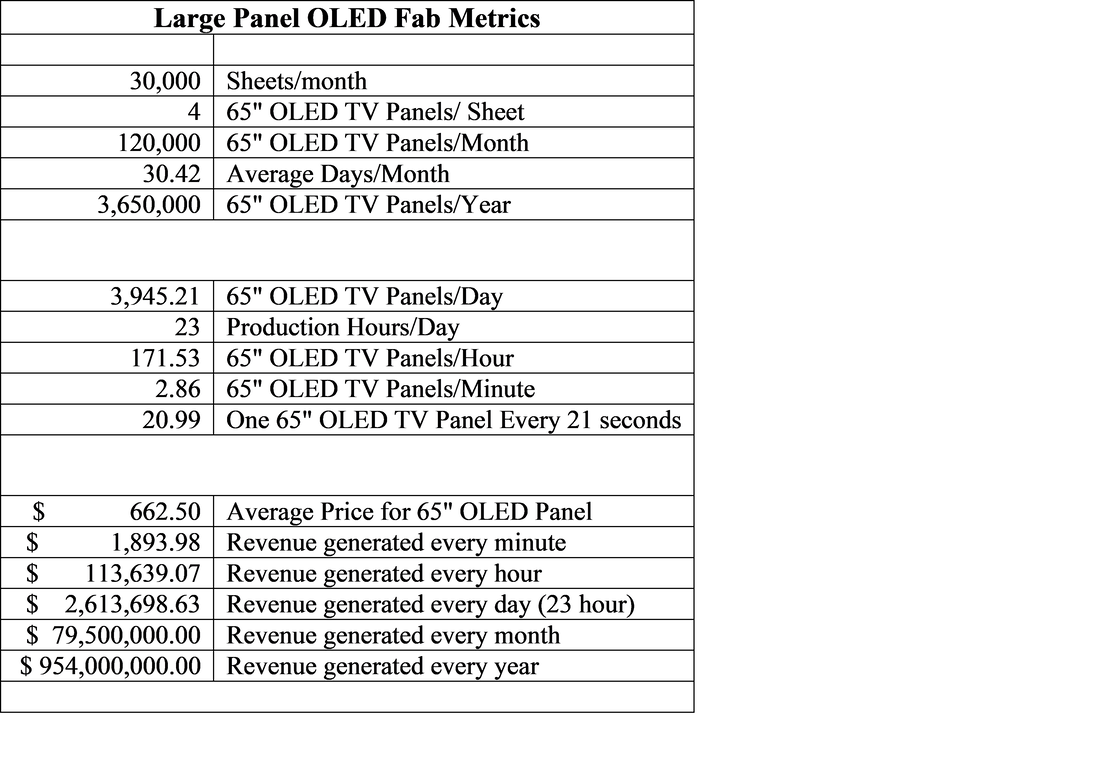Sidestepping
There was little detail given on how the company is changing its LCD production to maintain ‘good profitability’ during a difficult pricing period, other than saying the company’s performance is better than that of the industry and that such changes (whatever they are) are ‘a test process of the company’s products’, which we assume to mean that if the products are good, they will continue to sell regardless of the environment. They did cite flexible OLED as the current growth driver and maintained their target of 100m flexible OLED units by the end of the year, up from a bit under 60m last year, also mentioning the depreciation that they will continue to ‘digest’ to improve performance this year.
When questioned about their expectations for panel prices, they stated that they did not expect a sharp decline in the future and mentioned a chance for a structural rebound as demand improved in 2H, but when asked specifically about the company’s utilization rate they stated that “Under different statistical calibers, the value of the utilization rate will show different values…The adjustment of the structure will lead to the change of the production line, but it does not necessarily mean that the utilization rate will change. At present, the production line utilization rate of the companyis maintained at a reasonable rate,” which is about as close to a non-answer as possible. The company also refrained from answering earlier investor questions about rumors that Apple (AAPL) has suspended accepting displays from the company recently due to undisclosed changes in panel structure made by BOE, but were happy to disclose that they were supplying panels for Hisense’s (600060.CH) line of Mini-LED QD TVs.
All in, despite the detailed questions, little real information was gained at the investor meeting and while the Chinese stock market gives both institutional and individual investors a platform for asking questions directly to management, it is rare that Chinese display companies reveal any information, especially when things are difficult. Perhaps it might be a bit easier to read the true meaning of some of those statements if we were face-to-face but after years of hearing company-speak from US and other foreign companies, we expect the nuance would reveal little that was not already implied.











 RSS Feed
RSS Feed